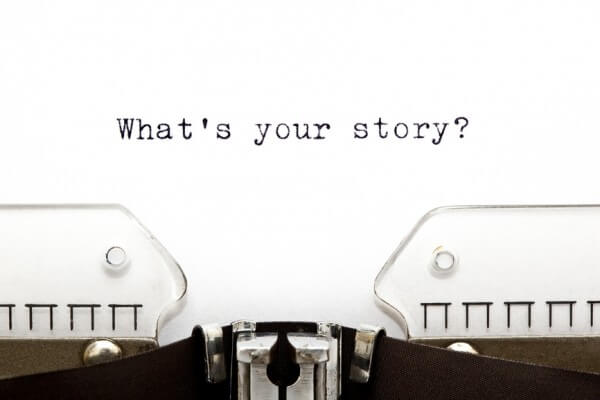When people think of marketing, they think of sleazy salesman equipped with lies and snake oil. They think of the unfavorable times that their wallets were gutted by unfulfilled promises. They think of dishonest corporate culture that is filled to the brim cold, often robotic, ideas and slogans. People do not think fondly of marketing.

But that is not to say that people inherently hate marketing. If that was true, no one would buy anything, ever. Marketing drives commerce—multiple industries would collapse nearly overnight without it. The truth is that a lot of the marketing you see is ineffective. And to make matters worse, people are inundated with marketing. From their TV, to the billboards, to their computer and phone, people will get hit with multiple forms of marketing many times throughout the day. This makes it more difficult for you, the florist shop, to make a real dent in your marketing.
The one way to make sure that your marketing always gets heard
To put it simply: Form connections. Connections build familiarity and community and are effective for gaining (and keeping) loyal customers. If you have a floral store, online or off, you may be unsure how to forge true and honest connections with your audience.
It’s simple—you need to tell a story.
Storytelling has existed, in one form or another, for thousands of years. People have always loved stories, and that will not change anytime soon. When done correctly, storytelling is the one factor that can dramatically improve your marketing, while also bringing you a more connected and loyal customer base.
What you need to do is figure how to tell stories effectively in your marketing.
Determine the story you’re trying to tell, and who you’re trying to tell it to
All of your stories should aim for relevancy. Not just any random story will do it. If you are a florist shop, your audience really won’t be interested in your personal stories or details about irrelevant/trivial things that happen in your day-to-day life. To create a message that resonates with your audience, you need to incorporate whatever you are selling—most likely flowers, if you’re on this website—into the mix.
You are not telling stories about flowers. You are telling stories about the people who use them. Stories about flowers would be mundane and forgettable. Stories about the humans who use the flowers are exciting and emotionally relatable.
What’s more effective: Marketing that has the cold, hard facts on why people need to buy flowers from you (benefits like better pricing, high quality products, and good customer service could be those “facts”)?
or
Marketing that uses a story that tells people how your flowers have helped improve their life in some way? The story pulls people in, while informing them why they should buy from you.
You know your business best, so you should choose a story that fits your message and the people you are trying to sell to. You can choose real, factual stories (maybe ask your best existing customers to give insight on how they used your company). You can also create a fictional story (but don’t pass it off as if it’s nonfiction).
Giving structure to your stories
Your stories should be linear. They should all have a beginning, middle, and end. The beginning sets up the conflict or problem that someone may be having. The middle should deal with that person finding a way to solve the problem. The end is the resolution to that problem. That’s a simple structure that you can use for your stories.
Besides structure, your stories will need a general theme to it. There should be a recurring theme throughout your marketing campaign. The theme is the glue that holds the story together. Think of the theme as the main idea. Let’s say, for instance, that you tell a story about how your company got started and about the struggles you endured and the tremendous care you put into selling awesome floral arrangements online. The theme could be about how much you care about your product and how far you are willing to go to provide quality to your customer, even through adversity. That’s just an example, but if you use something like that, then you need to carry that narrative thread all throughout your marketing.
How to tie stories into your marketing strategy
As always, everything you do needs a strategic spin to it. Each story you use needs to be used in a way to reach out to your audience.
- A story should be used in a piece of content: like a blog post, newsletter, email series, videos, etc.
- The story should be told linearly, and should be structured so that people will be looking forward to the next installment.
- The theme and “characters” in your story should be relatable to your audience. Know your demographics, so that you can keep them interested.
- Don’t tell a story just to tell a story. At the end of each story should be a call-to-action. This CTA could be for them to buy what you’re selling, sign up to your email list, share your post, etc.
What’s your story and how are you going to tell it? Want to elevate your marketing and pull your audience in? Start using storytelling today.
